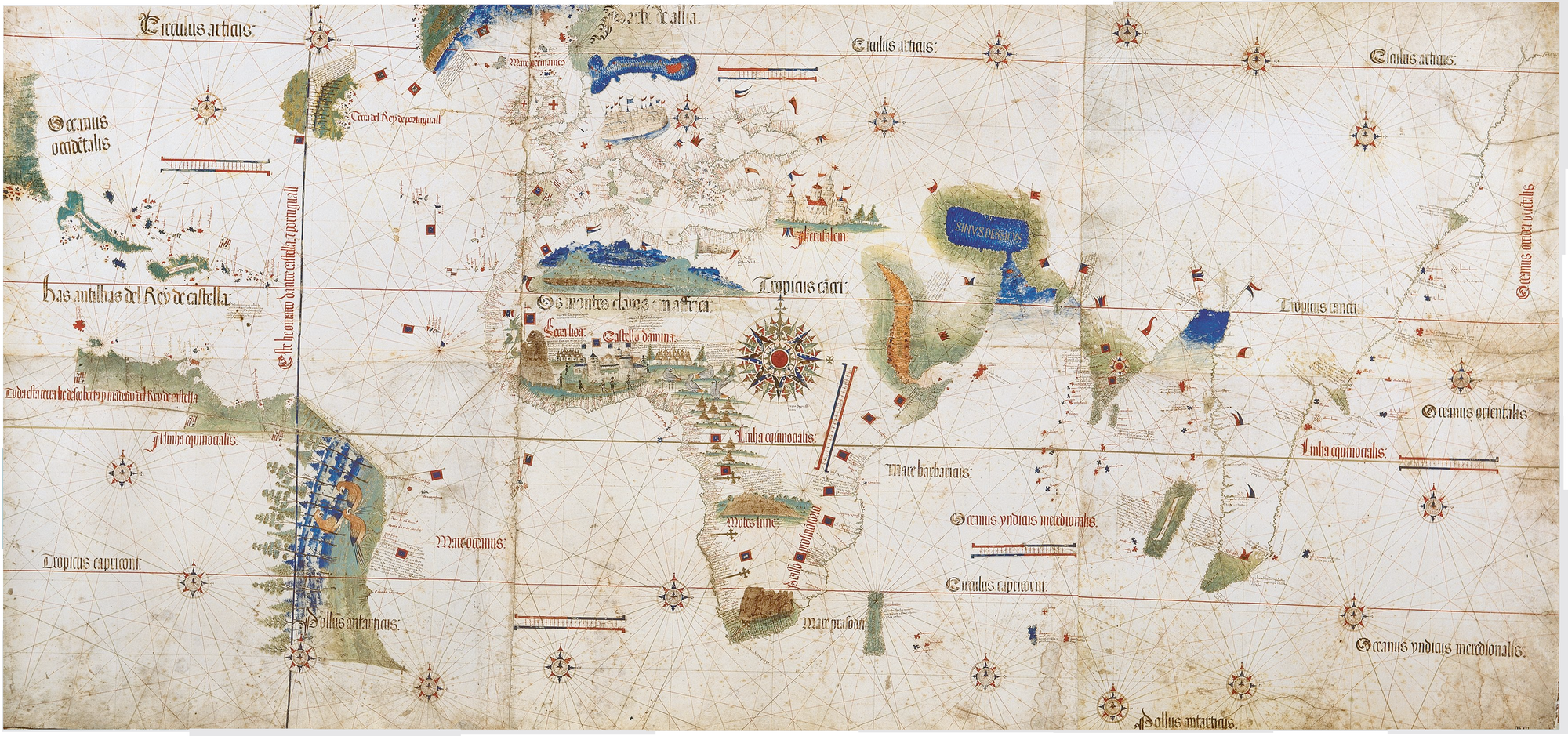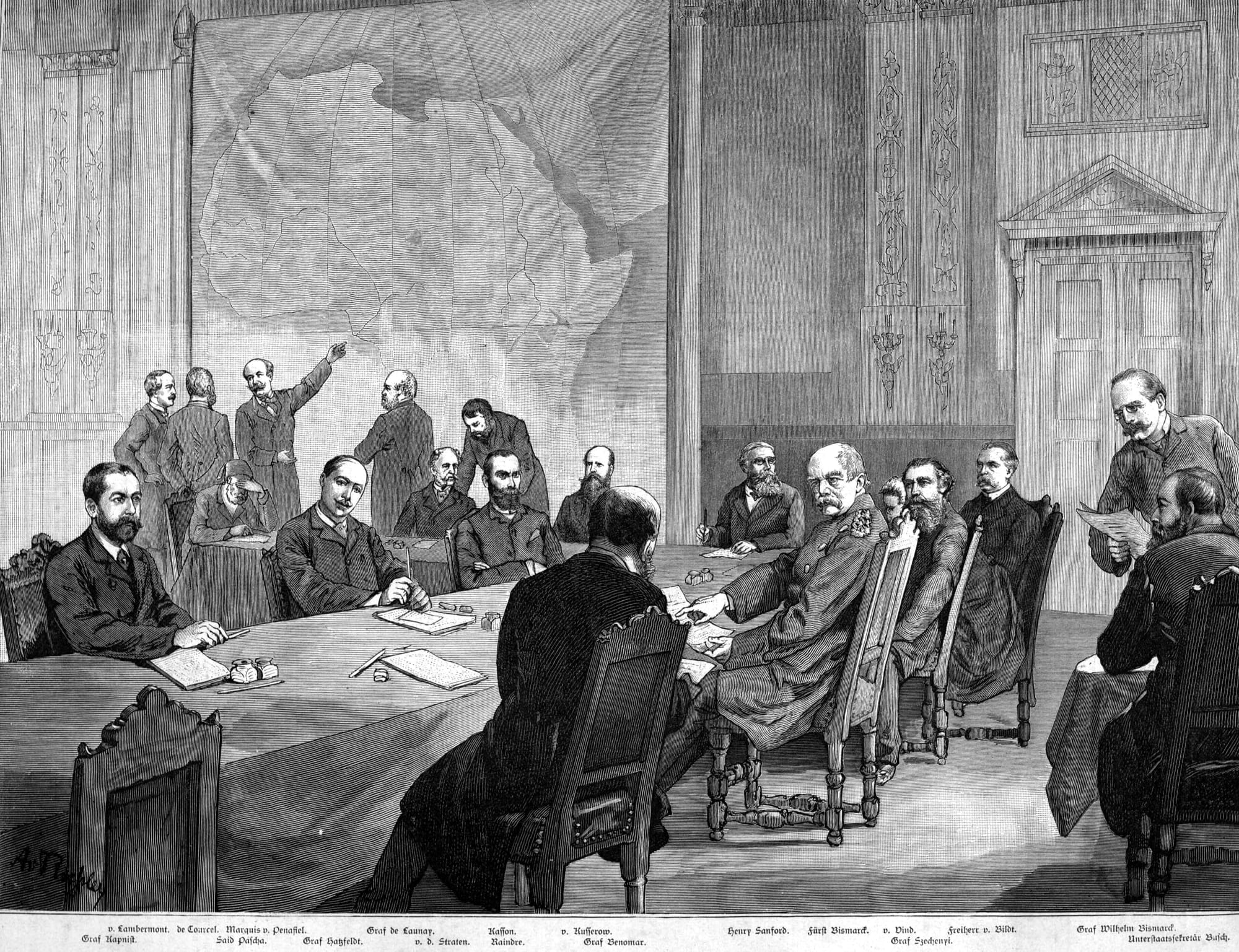Lately, we’ve been thinking a lot about borders - what it takes to create them, enforce them, and cross them.
- Wars are currently raging across Earth over a border’s rightful place - between Israel & Palestine, India & Pakistan, Ukraine & Russia, Guyana & Suriname, Morocco & Sahrawi, and more.
- In the USA, President Trump just gave the Immigration & Customs Enforcement (ICE) department a whopping $45 Billion budget to enforce draconian anti-immigration policies. That’s only for one department and it’s more than almost all other national military budgets.
- European countries patrol the Mediterranean Sea with Israeli drones to ensure no refugees from Africa or the Middle East make it to their shores, despite many fleeing conditions created by European intervention in the first place.
- Millions migrate everyday in search of better opportunities than what they can find at home, often risking their life to cross borders.
It’s difficult to imagine a world not dominated by walls, whether they’re physical (US-Mexico border, Palestine-Israel border), societal (systemic racism, access to money and citizenship), or digital (China’s Great Firewall, social media algorithms that confine us into echo chambers). But why is it this way? And does it have to stay this way? The way that we think of borders today, as firm boundaries that are violently enforced, is a relatively new thing, and we would argue it doesn’t serve humanity’s best interests. While “strong borders” are often argued as a necessity for our security, we think they limit humanity’s potential as a global community.
The Development of Modern Borders
In ancient times (~5000BC - ~0BC), rivers, oceans, and mountains marked the boundaries of territory, like the Nile in Egypt, the Tigris and Euphrates in Mesopotamia, or the Jordan River and Mediterranean Sea in Palestine. As humans began building kingdoms and empires, more walls began to form, thus more firmly delineating borders. In the Eastern world, the Chinese Empire began building the Great Wall of China in the 600s BC and would continue to work on it over the next thousand years. In the Western world, the Roman Empire began building their version of walls, what they called “Limes” in Latin (the root of the word “limit”), to mark the expanding edges of their territory. These early borders were rarely seen as fixed or static. They were often very loosely defined and were viewed more as temporary stopping points for an empire that could expand forever. Outside of war times, these borders didn’t prevent the flow of people, goods, and ideas.
In Medieval times (~1000AD - ~1700AD), European kingdoms were engaged in a state of nearly constant warfare as they battled over the limits of their territory. Outside of castle walls, borders were still often loosely defined and informally marked, so it wasn’t uncommon for two rival kingdoms to lay claim to the same piece of land in order to gain more resources. Land was regularly invaded, traded, or merged via marriage. Rival kingdoms would regularly interfere in the politics of another in attempts to tip power in their favor.
During this period, the Thirty Years War was one of the bloodiest conflicts in European history which would have lasting effects on the way we think about borders. The war was ended through a treaty in 1648 known as The Peace of Westphalia which many political scientists say established the modern idea of sovereignty - the idea that every State should have absolute control over what happens inside their borders without outside interference. In political science, this is called the Westphalian system. In this system, borders were now firm boundaries with clear lines denoting the limits of a kingdom’s power. Inside those lines, the ruler of that territory was supposed to have absolute control over everything, land and resources alike. A border was no longer just a rough marker of territory. It now represented the limits of a ruler’s political power. The first border that we would recognize as a border today–with customs and restrictions on the flow of people and goods–was the 1659 Treaty of Pyrenees which established the border between France and Spain.
Around this time, Europeans were facing another problem that would result in a new way to define their borders. In the 1400s, European explorers were reaching new parts of the world, and by the 1500s they were conquering them. European elites all wanted to profit from these newly discovered lands, but they also knew how costly it was to fight each other constantly, so they agreed to collaborate instead. But they needed to draw borders on land not yet explored, so they looked toward the best explorers they had: sailors. Since sailors have used the stars to navigate for centuries, they thought of using those same techniques to draw borders. With scientific instruments improving, borders didn’t need to be limited by natural features - they could be plotted with the stars along longitudes and latitudes instead of rivers or mountains. The first pioneers of this idea were Spain and Portugal who, in 1494, signed the Treaty of Tordesillas, an agreement to divide any newly discovered lands along a line drawn off the west coast of Africa - everything discovered to the west of that line would belong to Spain, and everything to the East would belong to Portugal. As easily as swiping a pen, the two kingdoms were able to expand their territory and influence massively without ever exploring or considering who or what might already be there.

During the Age of Imperialism (~1700AD - ~1900AD) we would see this technique in full force. At that time, one of the most dangerous forces in the world were groups of European men that sat behind closed doors with a map and a pen, mincing up the globe for themselves with the sole purpose of maximizing profit. With the military might needed to enforce them, drawing borders like this was the easiest way for European rulers to expand their power and build empires. Of course, this was done without any consent from the local peopleWhen the United States gained independence and began expanding westward, President Jefferson came up with a grid system that divided up the unexplored (but occupied) land West of them into clean chunks which were sold off to investors that had only seen the land from a map. At the Berlin Conference in 1884, European leaders met to carve up Africa for themselves, which split local tribes across arbitrary lines and laid the groundwork for ethnic conflicts that still rage today. In 1916, England and France secretly met to carve up the Middle East in the Sykes-Picot Agreement.
New nations were created on top of diverse landscapes and cultures. Disparate groups were cobbled together under new colonial administrative regions, like the 200 different indigenous groups that made up Nigeria. Other ethnic groups were split apart and left completely stateless, like the Kurds in the Middle East. The movement of indigenous people’s was restricted and more tightly controlled. These divisions were drawn with only European interests in mind, and they allowed them to effectively destabilize and extract wealth and resources from the newly occupied lands in a coordinated way. By the end of the 1900s, borders became a way to not only mark the limits of your own territory, but to lay claim to the territory of others.

The Problem with Modern Borders
Since the collapse of European empires in the mid-1900s, now-enriched Western countries have sought to maintain their extractive profit models, and therefore power, by keeping a tight control of who gets to access their land, opportunities, and resources, and borders play a key role in supporting that effort. We should ask why today most Western leaders insist on policies of free trade, but very few will advocate for free migration. The answer is quite simple - to maintain the same one-way flow that existed during the Age of Imperialism: wealth comes out, but the people stay in.
This manifests in all sorts of harmful ways:
- Borders maintain the unequal global status quo. Where you’re born has a dramatic effect on the opportunities and resources you have access to. With so much wealth concentrated in “First World” countries, being born in a “Third World” country severely limits your economic opportunities unless you move aborad. But those migrants, fleeing poverty, famine, or war, are too often met with inhumane border policies that hope to keep them away from the resources that were taken from their home countries - what some have likened to a form of global apartheid.
- Borders often exacerbate feelings of nationalism that can lead to violence by creating an “other” that can be dehumanized. The Partition of India which separated British India into a Hindu India and Muslim Pakistan led to mass displacement and multiple all-out wars between the two countries, creating deep animosity between them. Far-right groups, like the Hindu nationalist Hindutva, take advantage of these tensions to rise to power. In the West, far-right leaders scapegoat immigrants by labeling them “invaders” who are stealing wealth to shift blame away from the ruling class. Border Police along the US-Mexico border are notorious for cruel violence against migrants while persecuting human-rights activists who leave aid, a contradiction only made possible by the dehumanizing effect of a border.
- Restrictive border policy allows capitalists to more easily exploit human labor. Draconian policies often force migrants to cross borders illegally which makes them more vulnerable to exploitation by future employers. Rich countries like the United States, Israel, and Persian Gulf States take depend on imported labor from less wealthy countries. These workers are underpaid at best and denied basic human rights at worst. In Qatar, these workers make up 95% of the labor force and are often prevented from leaving the country without their employer’s permission.
- Strict borders require constant heavy militarization to enforce which is extremely expensive and bad for the environment. Disputed borders make up some of the most militarized places on Earth, such as Gaza & the West Bank, inside Kashmir and Cyprus, or along the DMZ in Korea. All of these places require constant surveillance and military personnel which costs millions of dollars annually to either enforce perpetual no-man-lands or enrich military contractors. Creating and expanding these militarized border walls requires the destruction of natural lands, disrupting migration patterns and wildlife refuges, such as in the expansion of the US-Mexico border wall.
- The narrative of creating “strong borders” leads to the surveillance state. The ruling class will regularly use the excuse of creating a “strong border” to chip away at the rights of its citizens. In the United States, the government has contracted the private-company Palantir to create a nationwide database combining all sensitive personal data of each citizen into one place for the purpose of more easily finding undocumented immigrants. Similarly in China, their isolationist approach has created the Great Fire Wall, a digital border that separates citizens into a strictly Chinese ecosystem that is totally controlled by the State.
The list could go on, but suffice it to say that the way we think of borders today is the source of a huge amount of tension in the world and isn’t based on what is the most fair or best for humanity.
The Case for a World Beyond Borders
With the threat of mass climate migration on the horizon, we are at a critical moment in history that calls for us to evolve our thinking. Currently, the trend toward strict border controls that restrict the flow of people only really serves the interest of those with the most capital. Open borders–that is free or easily accessible travel & migration for everyone–will ultimately better serve all of humanity.
Ethically, there is a clear case for open borders. You should not be cosigned to a life of struggle or wealth simply due to where you are born, and everyone should have the right to seek better opportunities if they want to. But it makes economic sense too. Some economists believe that allowing free movement across international borders, would help eliminate most absolute poverty in the world while potentially doubling global GDP. This movement can also drive innovation in wealthier countries. In the United States’ Silicon Valley, immigrant-founded startups made up 52% of companies. Regardless, trying to stop the movement of people is a futile practice and if anything militarized borders only further empower cartels who have made a business out of illegally crossing them.
We’ve already seen in action what a border-free world could look like and how it can be successful. In the European Union’s Schengen Area, 29 countries have agreed to open borders, allowing the free movement of people and ideas across Western Europe which has offered massive economic and social benefits. We’ve also seen the consequences of isolating oneself too. The UK recently decided to leave the EU after its Brexit campaign to “take back its borders” and has suffered the economic consequences.
In the end, heavily militarized and controlled borders only serve the interests of those who holds the key to the door, the ruling class. One logical way to push for a border-less world is to push against politicians who attempt to demonize migrants and advocate for more liberal border laws. Organizers in major Western cities like New York City and Los Angeles are pushing for the expansion of sanctuary city status, a zone of protection and more equal access to rights for undocumented immigrants. There are also many direct-aid groups, such as No More Deaths, who are working to directly aid migrants that we should all try to support if we are passionate about this issue. Ultimately, we must also recognize the connection between anti-immigration policies and the greater system of global capitalism that requires inequality and militarism to sustain itself.
We are a global community. In today’s world, nothing happens in a vacuum. We are connected online, our economies are dependent on each other, what happens on one side of globe is inevitably felt by the other. Really, the only people who benefit from the walls are the ruling class because they get to dictate what goes in and out. A border-free world would allow us to prioritize people over politics and would acknowledge that no one should be destined for poverty and violence just because of where they were born. It would challenge the rampant nationalism that has created divisions between ourselves and our fellow man. By rethinking the role of borders, we can begin to build a world that values human mobility, cooperation, and shared prosperity over division and exclusion.

![[Full Article] Imagining a World Beyond Borders](/content/images/size/w100/2025/07/Migrants-at-US-Mexican-border-1.jpeg)
